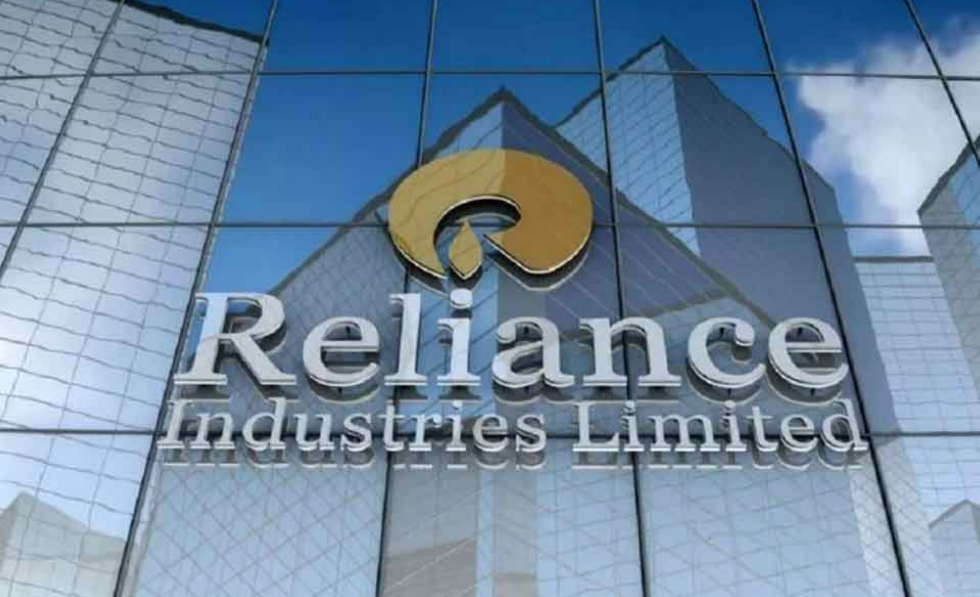
Reliance Industries (RIL) is laying down infrastructure for disbursement of green hydrogen from its proposed plant in Gujarat as it prepares to begin production of the fuel by 2025, three officials aware of the development said. The company, which has received 74,750 hectares of land parcel in Gujarat on a 40-year lease for its green hydrogen project, is tying up with original equipment manufacturers (OEMs) for supply of green hydrogen and laying the groundwork to retail the same through its Jio-BP outlets, they said.
“RIL is setting up a green hydrogen dispensation infrastructure,” an industry official said on condition of anonymity. “The company is targeting production of green hydrogen by 2025 and when that happens, it needs a ready infrastructure for offtake of that green hydrogen. There will be more such measures from RIL going forward,”. RIL did not respond to an email sent on Tuesday till press time on Wednesday.
The Mukesh Ambani-led company is investing USD 10 billion in capex for building its new energy ecosystem. Over the past seven months, it has tied up with original equipment manufacturers (OEMs) to supply green hydrogen.
This February, RIL and Ashok Leyland unveiled India’s first hydrogen internal combustion engine (H2ICE) technology solution for heavy-duty trucks.
Later that month, RIL with Olectra Greentech, a subsidiary of Megha Engineering and Infrastructures (MEIL), unveiled a hydrogen bus. Olectra Greentech aims at commercially launching these buses within a year.
In July, RIL collaborated with Bharat Benz for India’s first intercity luxury concept coach powered by hydrogen fuel cell technology.
H2ICE is a combustion engine that uses hydrogen or a mixture of hydrogen and diesel fuel. The advantage with this engine is that there is no need to make changes to the power train, or the assembly of every component that thrusts your vehicle into motion. So, the existing power train can be used with minor modifications to convert vehicles to a hydrogen vehicle.
All these vehicles, RIL’s partners said, can travel approximately 400 km on a single hydrogen fill and can facilitate long-distance travel between cities on clean fuel. Hydrogen fill for this range coverage takes just about 15 minutes. These vehicles will undergo extensive trials, validation and safety trials over next 12 months, they said.
Through its association with Ashok Leyland, RIL plans to retrofit the engines for Ashok Leyland’s fleet of trucks before retrofitting the fleet of other service providers. RIL contracts a fleet of nearly 45,000 trucks every year to move goods for its refining and marketing operations. It wants to power them with green hydrogen.
Green hydrogen is the cleanest form of fuel when produced through renewable sources of energy. RIL aims to produce green hydrogen at USD 1 per kilogram by 2030. The current production economics of green hydrogen works out to be around USD 8-9 per kilogram as compared to less than USD 4 per kilograms for other traditional fuels and feedstocks.
“The domestic use cases for green hydrogen will remain confined to small pilots,” said Barnik Chitran Maitra, managing partner, India & South Asia, of consulting firm Arthur D Little. “We expect the producers to sign up with global shipping firms, international transmission system operators, and international power generators which are likely to replace fossil fuel with green hydrogen over the next five years.”
RIL also plans to retail green hydrogen through its Jio-BP retail outlets. The company has around 1,500 retail outlets, which its plans to expand to 5,000.
Satyakam Arya, managing director of Daimler India Commercial Vehicles, said the BharatBenz Hydrogen Fuel Cell luxury coach concept that it developed with RIL is the most recent example of conducting an advanced engineering study to decipher the market requirements, product capability and practical challenges, and use the findings in making the product and technology more robust.
“The emerging industry landscape also throws up other challenges — investment in multiple technologies, all at the same time and on many fronts — by OEMs, for development of power trains; by the government, for development of infrastructure and by fleet owners, who would end up having different power trains in their fleet,” Arya said, adding that this challenge should not be underestimated, and the enormity of it should be taken seriously.

